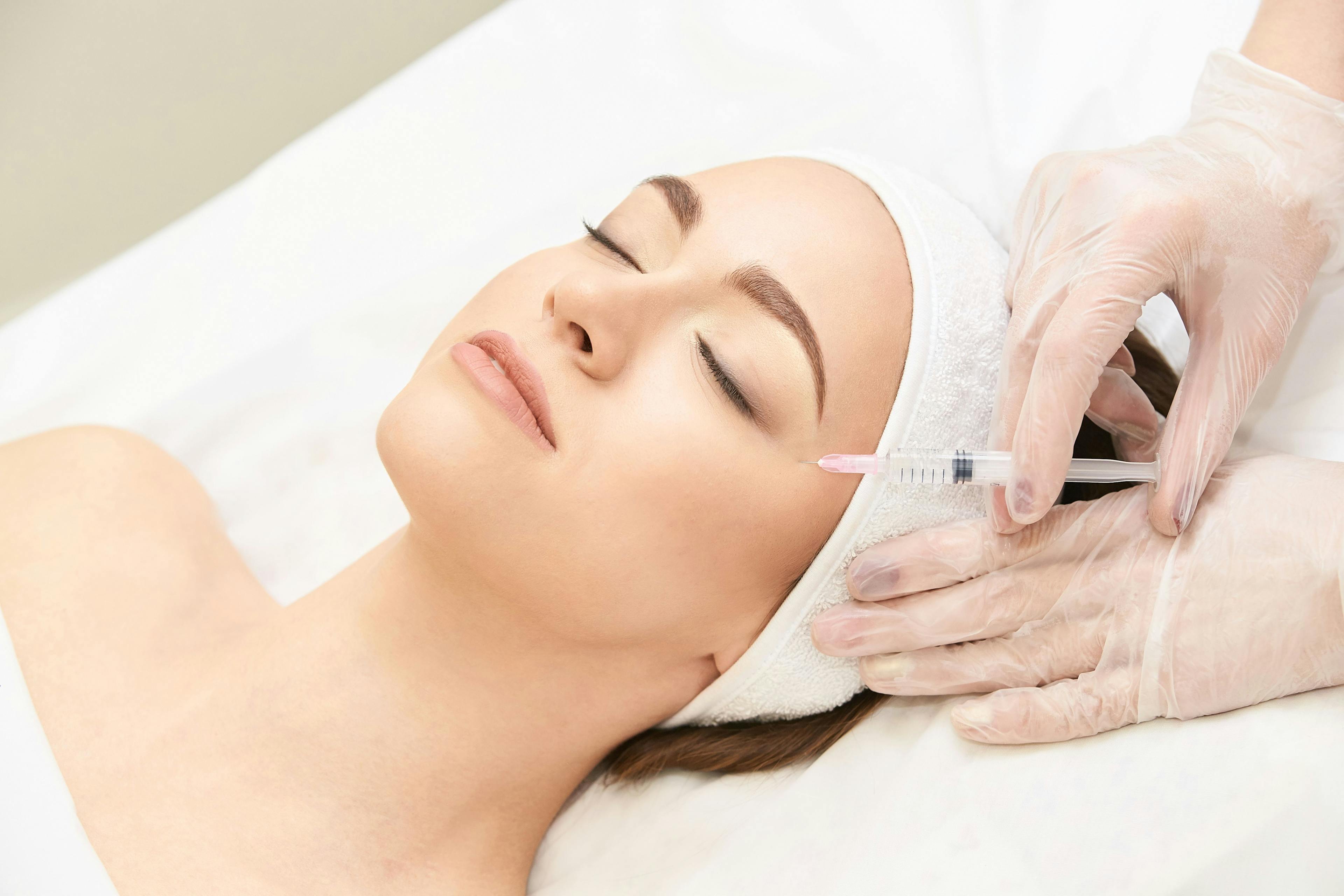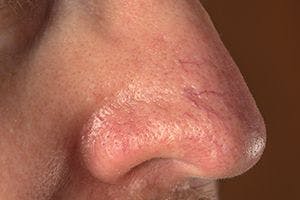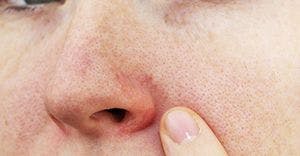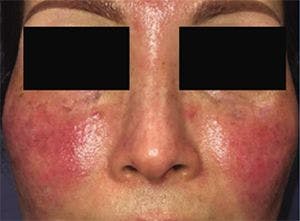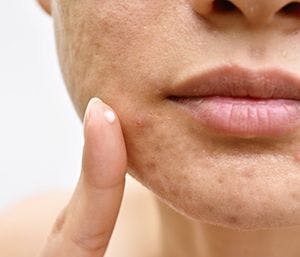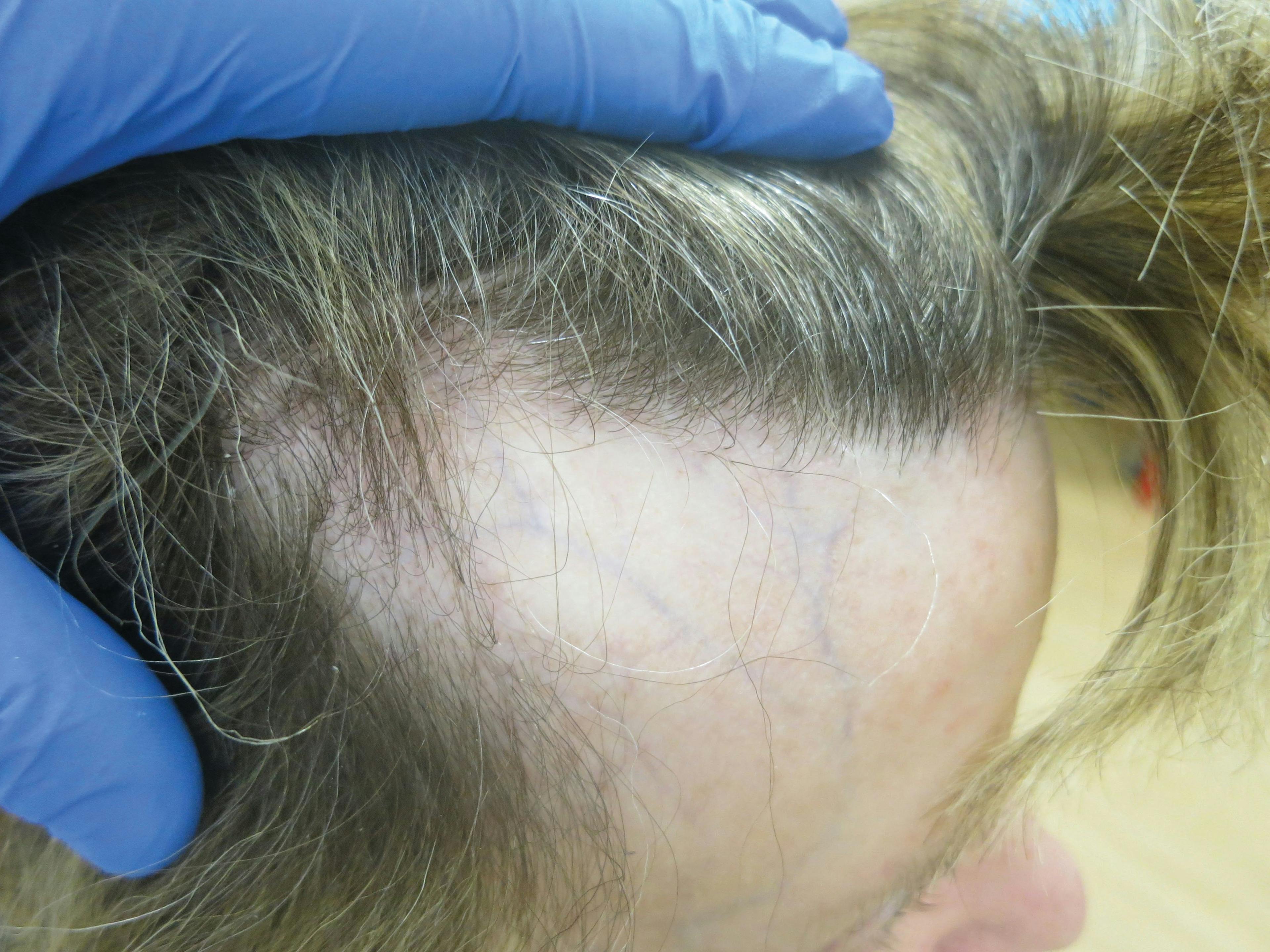- Acne
- Actinic Keratosis
- Aesthetics
- Alopecia
- Atopic Dermatitis
- Buy-and-Bill
- COVID-19
- Case-Based Roundtable
- Chronic Hand Eczema
- Chronic Spontaneous Urticaria
- Drug Watch
- Eczema
- General Dermatology
- Hidradenitis Suppurativa
- Melasma
- NP and PA
- Pediatric Dermatology
- Pigmentary Disorders
- Practice Management
- Precision Medicine and Biologics
- Prurigo Nodularis
- Psoriasis
- Psoriatic Arthritis
- Rare Disease
- Rosacea
- Skin Cancer
- Vitiligo
- Wound Care
Publication
Article
Dermatology Times
Injection technique aims to optimize outcomes
Author(s):
A novel filler injection technique may address the different facial areas and compartments as well as respect the line of ligaments for optimal lifting and volumizing effects requiring less filler product.
A recent study highlighted the advantages of a novel facial rejuvenation technique that gives special attention to the line of ligaments for optimal and more efficient lifting and volumizing in clinical outcomes.1
“The basic idea of the filler injection technique is that whenever addressing the different facial areas/compartments, the order in which one injects and where are crucial in optimizing lifting and volumizing effects, and to ultimately be more efficient by using less product with similar outcomes as with other filler injection techniques,” says Gabriela Casabona, M.D., director of clinical research at the Ocean Clinic in Marbella, Spain.
Dr. Casabona and fellow colleagues investigated the novel filler injection protocol that makes use of the concept of the line of ligaments and the surface-volume coefficient. The retrospective study included 306 Caucasian patients (270 females, 36 males) who each underwent a standardized injection protocol consisting of a total of six boluses and one retrograde fanning technique injections in the infraorbital area using a 22G and a 25G blunt-tip cannula, respectively. Medial midfacial distances were measured using skin surface landmarks and compared after the injection of the partial and total algorithm.
RELATED: Filler or fat: How do you choose?
Results showed that the distances between the dermal location of the lateral sub-orbicularis oculi fat (SOOF) or G-point and the dermal location of the mandibular ligament increased by 0.17 ± 0.11 mm, to the corner of the mouth by 0.20 ± 0.09 mm, and to the nasal ala by 0.20 ± 0.11 mm. Data also showed that the repositioning of the facial soft tissues resulted in a decrease in the height of the lower eyelid by 0.49 ± 0.13 mm. Local edema (5.9% of patients) was the most common adverse event followed by bruising (4.9% of patients), both transient and quick to resolve.
Separating the mid and lateral face, the imaginary line of ligaments, is the connecting trajectory between the four major facial ligaments including the temporal ligamentous adhesion, lateral orbital thickening, the zygomatic ligament, and the mandibular ligament. According to Dr. Casabona, understanding and respecting the line of ligaments when injecting fillers in facial rejuvenation procedures results in more natural lifting and volumizing clinical outcomes. In addition, filler procedures are also more efficient with this technique, as filler product is spared, which can translate into safer procedures.
“The clinical behavior of the filler you use depends on where you position it in the face. When you do liftings, you should never start in the mid-face; but instead, always begin in the lateral face,” Dr. Casabona says. “We believe that the best way to respect the proportions and the anatomy is to address the ligaments first, and then you contour the face and fill the mid-face according to the patient’s needs.”
First injecting the lateral face will require less support medially and, therefore, less filler product to be used medially when subsequently addressing the mid-face. Injecting laterally, Dr. Casabona says that the lateral SOOF or fat pad is the most effective area to lift the mid-face. The key is to take advantage of the thick facial ligaments and tense them by placing points very close to the line of ligaments, which, according to Dr. Casabona, creates a very good effect in terms of eye correction and mid-face lifting and can optimize clinical outcomes.
When re-volumizing the mid-face, the technique allows the clinician to reposition the facial structures while injecting only a little amount of filler product. After repositioning the fat pads, one can then re-volumize and contour the mid-cheek and face according to treatment goals. According to Dr. Casabona, the technique can be used to correct the tear troughs, nasolabial folds, nasojugal grooves, and enhancing mid-face volume.
“When repositioning, the cheek will also look a little rounder than before because you are lifting the fat pads up. They are bearing down on the nasolabial folds and when you lift everything, it makes a difference in the shape and how it looks,” Dr. Casabona says.
According to Dr. Casabona, the greatest advantage of the technique is that the clinician can treat more than one area involving the eye and mid-face in one sitting with very few amounts and points of injection.
Disclosure:
Dr. Casabona reports no relevant financial interests.
Reference:
1 Casabona G, Bernardini FP, Skippen B, et al. How to best utilize the line of ligaments and the surface volume coefficient in facial soft tissue filler injections. J Cosmet Dermatol. 2020 Feb;19(2):303-311. [Epub 2019 Dec 15.]
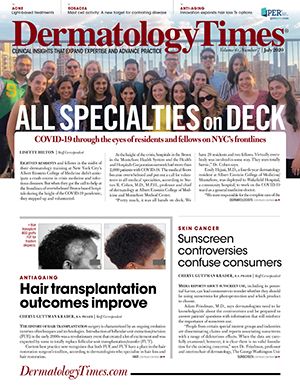
Newsletter
Like what you’re reading? Subscribe to Dermatology Times for weekly updates on therapies, innovations, and real-world practice tips.

